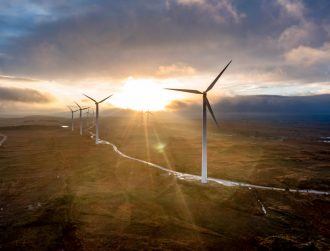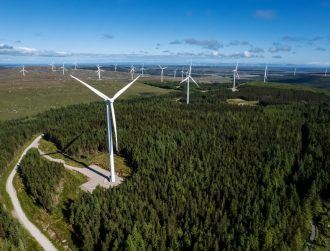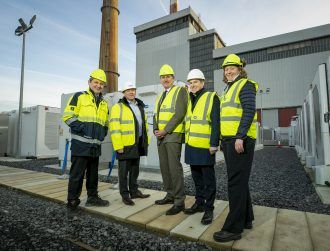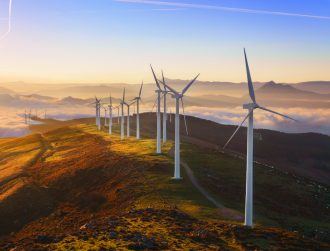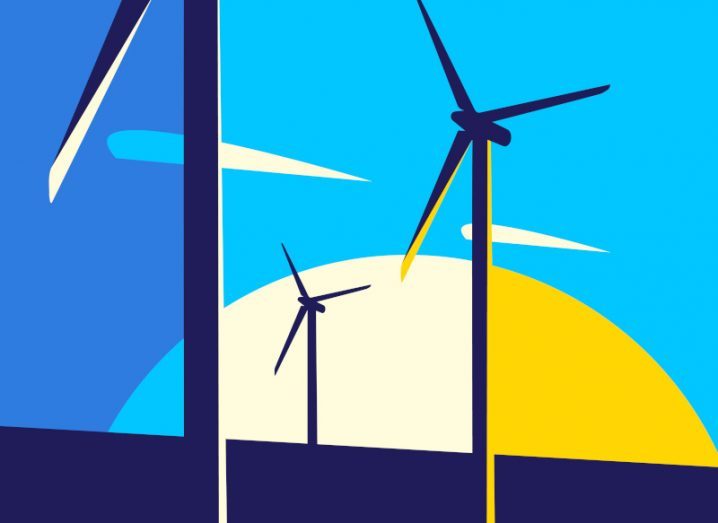
Image: © KurArt/Stock.adobe.com
Wind energy is a major part of Ireland’s strategy to reduce emissions and ensure a secure, indigenous supply of energy.
Wind Energy Ireland has today (9 February) published its latest report which shows that 36pc of Ireland’s electricity in the first month of the year came from wind power.
According to data from EirGrid compiled by MullanGrid and market data from ElectroRoute, demand for electricity increased slightly in January compared to the same month last year, at 3,831 gigawatt-hours (GWh), with wind generating 1,379GWh.
This indigenous renewable energy contributed to a drop in wholesale prices. On days when the most wind power was generated, the average cost of a megawatt-hour of electricity was €68.08, whereas when fossil fuels were almost entirely relied on the price rose to €130.30.
An analysis of last year’s electricity generation found that wind energy accounted for 35pc of Ireland’s use and saved about €1.3bn in fossil fuel costs. Wind generated a record-breaking 13,725GWh, which is equivalent to the electricity consumption of more than 3m Irish families.
Commenting on January’s figures, Wind Energy Ireland CEO Noel Cunniffe said it was “a strong start to the year”.
“We expect to see Irish wind farms building on their success in 2023, which was a record-breaking year for wind power generation,” he said.
Earlier this week, the EU published a draft plan to reduce net greenhouse gas emissions by 90pc by 2040 to keep on track with reaching net-zero emissions by 2050. This 90pc reduction compared to 1990 levels includes the full implementation of 2030 targets and a new framework for 2040.
One of Ireland’s targets as part of its 2030 Climate Action Plan is to have 80pc of the country’s electricity come from wind and solar sources by 2030. However, a report from the Environmental Protection Agency (EPA) last year warned that Ireland is on track to miss its targets by a significant margin.
The agency’s projections state that Ireland’s current policies and measures – if fully implemented – could deliver an emissions reduction of up to 29pc by 2030, well short of the 51pc target.
At the end of January, the EPA released its first climate change assessment report, which was compiled by a team of experts over three years. It called for Ireland to pick up the pace of action to reduce emissions and adapt to climate change.
The simplest action is to cut greenhouse gas emissions. “Deep, rapid, immediate and sustained emission reductions are required to keep global warming in line with the key Paris Agreement temperature goal [of 1.5 degrees Celsius],” the report stated.
“New wind farms, along with solar and battery projects, will be connecting before the end of 2024 which will further reduce Ireland’s emissions,” Cunniffe said in response to January’s figures. “But we really need to accelerate the delivery of onshore and offshore renewable projects if we are to achieve a zero-carbon society for Ireland.”
Last week, Norway-headquartered Statkraft announced plans to roll out 3GW of renewable energy projects by 2030. The renewable energy company’s roadmap includes 1.5GW of Irish projects that have been built recently or are under construction, along with several planned projects.
Find out how emerging tech trends are transforming tomorrow with our new podcast, Future Human: The Series. Listen now on Spotify, on Apple or wherever you get your podcasts.

